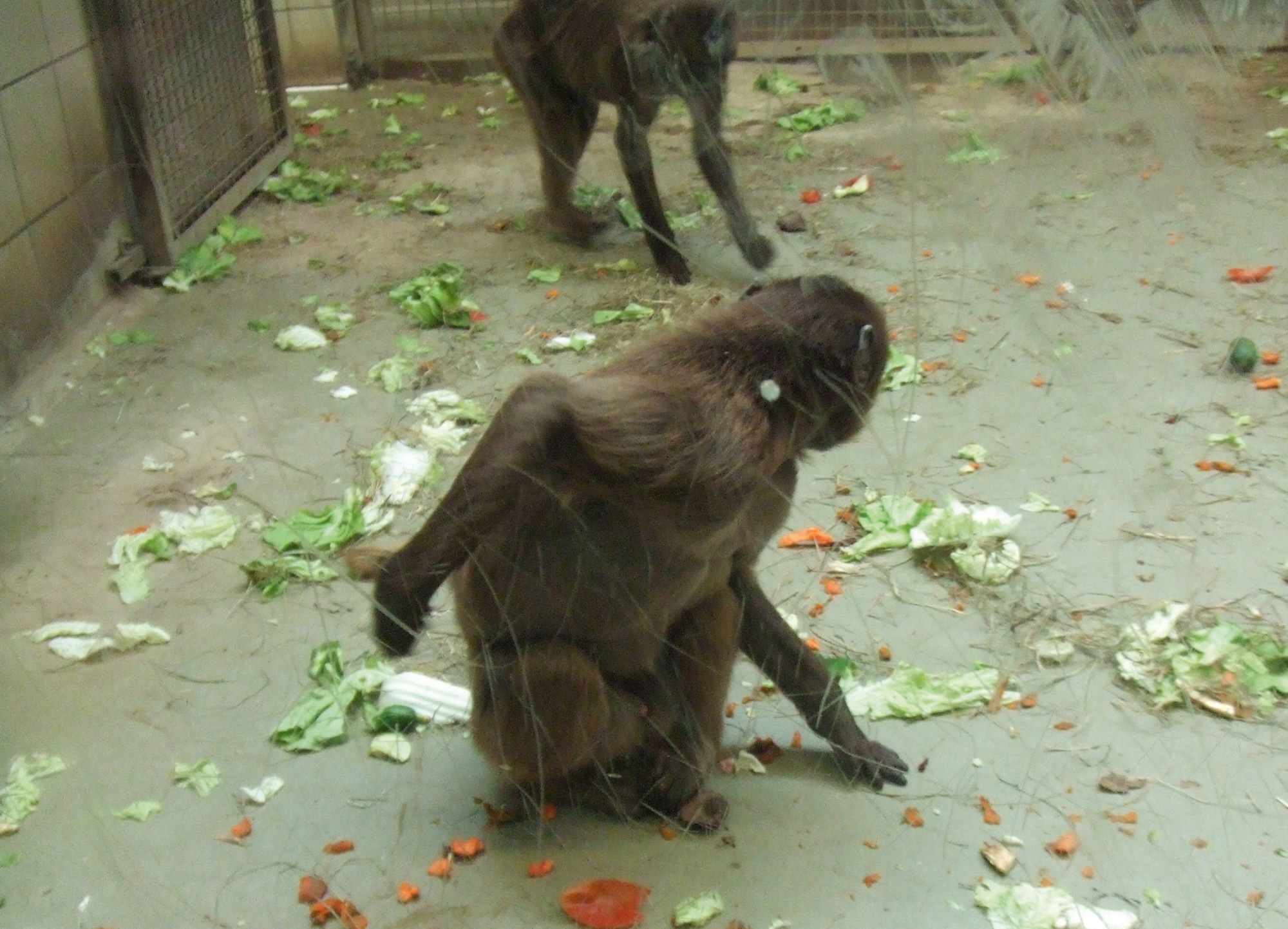
[This text was first published in Occulto 6: Life, released in November 2019]
“The marmot is the stupidest animal on earth”, said the ethologist, “it stands still for hours on end, contemplating the sun.”
“The ethologist is the stupidest animal on earth”, said the marmot, “it stands still for hours on end, contemplating me.”
– Enzo Costa [own translation from Italian]
You, Me, and Everything Else
“I created you for me, and everything else for you”, said the singer of the small music ensemble, with a smile on her lips. To introduce their performance at a cultural event in Berlin, she read aloud one version of a very famous story, the myth of human creation.
A few days earlier, a musician and school teacher friend had complained about how many self-deprecating and yet self-centered “we deserve extinction!” type of rants she happened to hear or read in her circle of acquaintances.
At the First World Climate Conference in 1979, climate change was pinpointed as a serious problem. Forty years after – it’s late 2019 as I write – we’re living in a planet made “so hot” by our “big shots”, and, by the look of things, not far from “turning into French fries”, as Klaus Nomi put it in his 1981 apocalyptic masterpiece “Total Eclipse”.
Even on the verge of the catastrophe, we haven’t lost the focus on ourselves and our sense of importance. The stories we tell – as different as their source, genre, goal and inspiring vision may be – are still often reducible to the line: “One or more humans try to achieve something and end up breaking (what they consider or were told are) their fancy toys.” I reckon it is virtually impossible, as humans, to completely cast off this or similar plots, but I also believe that we currently need, more than ever, to tell and read stories that shift the focus away from us. Stories in which humans are gone, haven’t arrived yet, or simply step aside. In this text, I will talk about some of them.
Before/After
If you wish to develop a “pre-anthropocentric” discourse, Ediacaran biota could be a wonderful and highly symbolic starting point – under this name, we group a whole “wave” of mysterious pre-Cambrian creatures, possibly the earliest examples of multicellular life. Ediacarans represent “another life” that has been challenging to describe, understand and classify, exactly because it’s so different from what we’re used to: no violence, no predators, plenty of accessible food, slow movements if any. They have been described as a possible “‘failed experiment’ in the evolution of life”, but on a geological timescale it’s always hard to know who will have the last laugh.
Ediacarans have been discussed on Occulto’s pages, both in this issue in Giulia Liberti’s “Keeping up with Ediacarans” (p. 34), as well as in an article by Massimo Sandal in our issue e (2013), which he recently expanded into a book chapter of the newly released La malinconia del mammut.
Post-anthropocentric is a more established term, and we can expect the discourse developed around it to bloom and sprout further in many directions in the near future. A book titled After Man seems to fit perfectly with the topic, although it doesn’t consist of recent philosophical speculations, but rather of commented illustrations of fantastic creatures produced some forty years ago. The book imagines, describes and depicts how animal life would evolve in a distant future – 50 million years from now – in which humans are long extinct. The evolutionary effects are particularly dramatic and funny in isolated conditions, such as in the fictive Batavia Islands, where bats evolve to cover most ecological niches, from scary predators to plant-like creatures – a clear hint at the role that the fauna of the Galapagos Islands played in Darwin’s development of the evolution theory. Published in 1981 (a facsimile reprint came out in 2018), After Man is a milestone of speculative evolution, a sort of fantazoology with a rationale developed both independently and in collaborative projects by scientists, artists and nerdy amateurs, often with educational and entertaining purposes. My knowledge and interest regarding the wondrous and colourful pages of After Man owes a lot to a 2015 Occulto article, again by Massimo Sandal, “All Tomorrows – The Lonely Dream of Speculative Evolution”.
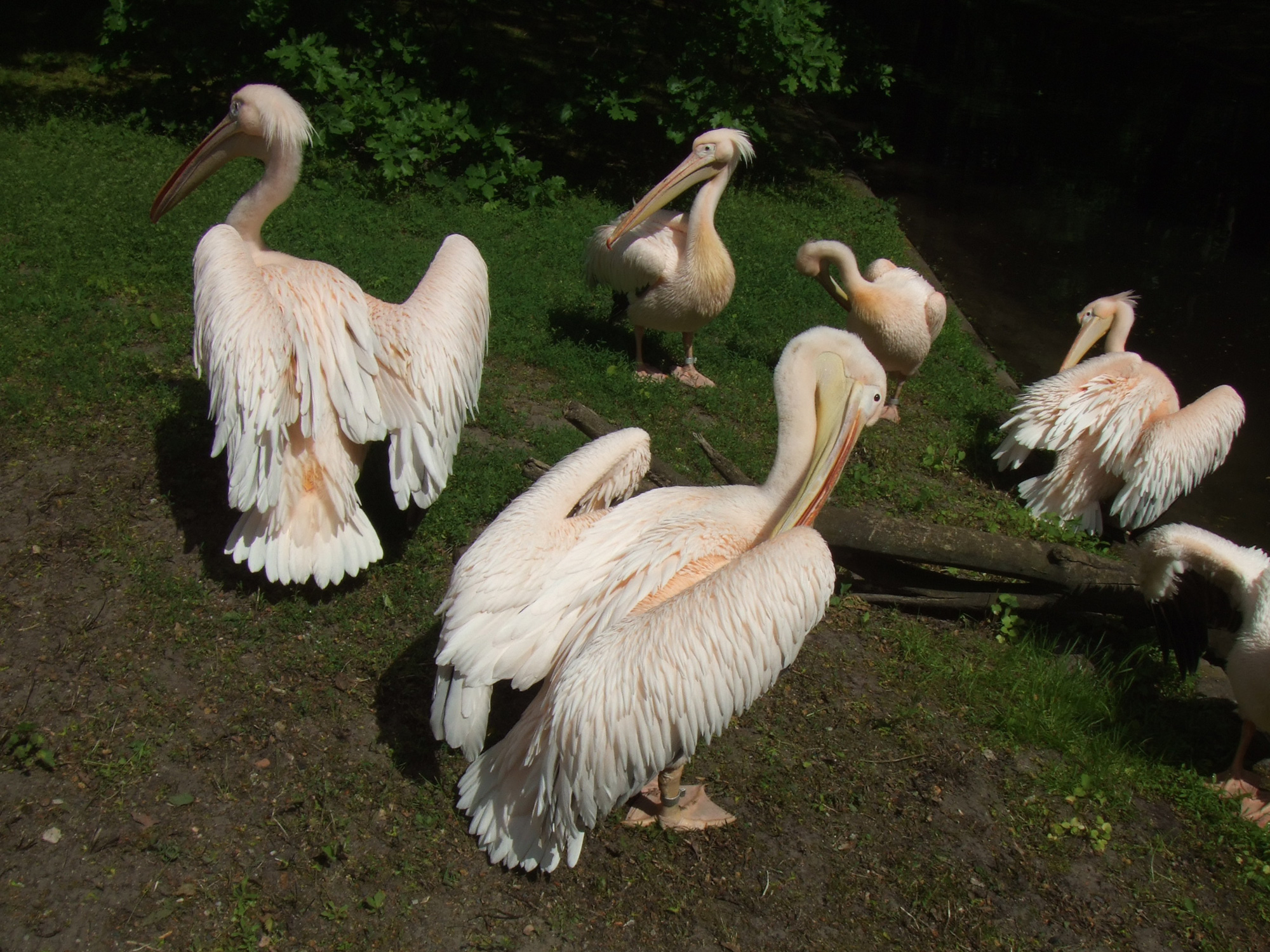
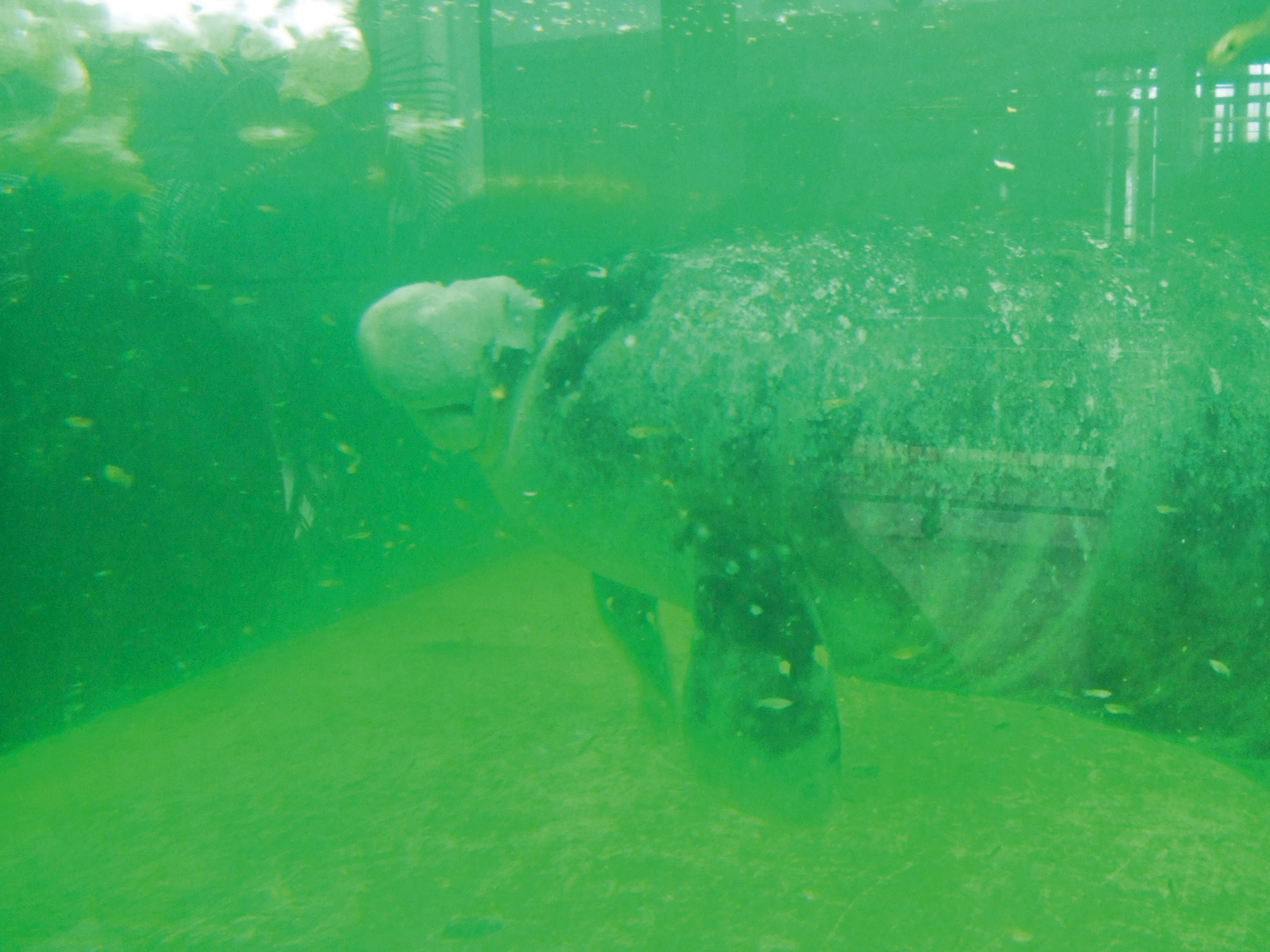
More and more scientists and scholars are taking to imagining a post-human future, but the richer bibliography on the topic is probably still found in fiction, and rooted in the sci-fi genre. French author and computer engineer Catherine Dufour was recently in Berlin for a program of talks and panels about literature and AI, and, asked about how she conceives the scenarios of her sci-fi stories, she said that starting from a world where humans don’t exist anymore can be a very good and refreshing idea. A case in point she named is one of my big favourites: Clifford D. Simak’s City, a 1952 novel that merges previously published short stories and additional notes. The main subject is a series of legendary tales, told by super-intelligent dogs, that reconstruct the gradual extinction of humans. I’d like to avoid spoilers, but it will probably do no harm to tell you that one of the main characters is a robot-butler, and that mutants as well as other animals beyond dogs play an important role in the story. The underlying message of the book is that humans are overambitious bullies who will always end up breaking everything – which, wait a second, is exactly the kind of story I said we should try to avoid at our Non-Anthropocentric Book Club. Setting precise boundaries is tricky, but let’s not give up: City remains a unique, innovative and much less human-focused novel than usual. The animals here are animals, not plainly allegorical as, for example, in Orwell’s outstanding but very anthropocentric masterpiece Animal Factory.
Natural Intelligence
The drafting of a non-anthropocentric reading list can also start by simply asking our self-centered selves: What makes us so special? The answer will likely invoke our self-awareness, cognitive skills, use of language and communication, ability to make decisions, solve problems, build tools … In short, our intellectual qualities, our intelligence.
Such an answer rests on very shaky grounds. First, intelligence is not exclusive to humans, and not even exclusive to closely related species such as other mammals, or some birds, which are at least vertebrates like us (I just tried a “crow cracking nut” search on Google Video and it produced over 85,000 relevant results). There are, in fact, intelligent animals who are invertebrates, based in the ocean, and whose last common ancestor with humans must be looked for as far as 600 million years back: octopus and other cephalopods. The popular science must-read on the topic is the internationally praised Other Minds – The Octopus and the Evolution of Intelligent Life (2016) by philosopher of science Peter Godfrey-Smith – a beautiful and engaging book in which biology meets philosophy meets scuba-diving. In Godfrey-Smith’s words, “cephalopods are an independent experiment in the evolution of large brains and complex behavior.” Thus, they represent an occasion to explore the development of subjective experience, consciousness and intelligence without having to study ourselves, with the obvious bias and limitations this always brings. The book is not just about cephalopods, but if you’re a fan of them you won’t be disappointed: expect detailed insights on their interaction and communication abilities, on the ever-changing colorful patterns, as well as hilarious and moving anecdotes about their smartness: how a lab octopus squirted with water only the one scientist it didn’t like, how a group of octopuses purposefully sabotaged a lighting system (so successfully and so often that they were then released into the wild), how their awareness of living in captivity has led to changes in what they are allowed to be subjected to as testing animals. If you think such achievements are not impressive compared to a human who can, for example, go to university and write a Ph.D., let me ask you: who says that writing a Ph.D. is a good idea? In other words, who gets to decide that our intelligence and what we can do with it is so much better and different from what other creatures do? We did, basically, make this decision and you’ll agree that this is unfair, to say the least. (In the story this text begins with, a third party tells humans “the world is yours”, but, for the time being, I’ll consider that a matter of human interpretation as well, as views on the human-animal-environment relationship vary significantly among believers, also among monotheists and within the same religion.) The reading I want to recommend on the topic is no less than Charles Darwin’s On the Origin of Species, first published in 1859. You may call it an obvious choice, but we’ll probably never stop (re-)reading it and never get enough (out) of it. According to Alun M. Anderson – scientist, science journalist, and New Scientist’s editor-in-chief from 1992 to 2005 – “the idea of human superiority should have died when Darwin came on the scene.”
The bare process of evolution by natural selection based on random variations described by Darwin doesn’t require or imply any qualitative judgement or any process of improvement. The concept of “fitness” is relative and being fitter doesn’t mean being better, but rather something like “better adapted than others to the current conditions”. Darwin’s tree of life doesn’t depict linear progressions, and previously evolved species shouldn’t be seen as a more primitive or simple version of later ones – some newer branching can actually lead to degenerations or dead ends, while several ancient species still thrive successfully (one for all: jellyfish). If humans are part of the evolution game, there’s nothing special or different about them, and that’s the end of it.
Of course, once placed in context, evolution theory is much more than that and things get more complicated. The words Darwin decided to use, the non-scientific readings that influenced him (in particular, Malthus’ population theory), the modifications and additional contributions introduced by prominent supporters such as Thomas Huxley and Ernst Haeckel, the social and historical context of late Victorian England; each of these as well as other factors played a role which is hard to quantify and disentangle from the rest. Darwin himself, a respected gentleman born into a wealthy and prominent family, was well aware of the implications of his theory for the human “status”, and worried about how not only the scientific establishment and the church, but also his wife and his acquaintances would react to it. He acted wisely and planned a long-term communication strategy to establish himself as an acknowledged expert and make the theory acceptable and successful. It worked, and it’s one of the reasons why we always talk about Darwin and much less about Alfred Russel Wallace, of humble birth, who independently conceived a very similar theory of evolution in the same period. On the Origin of Species focused on observational evidence and on less controversial topics such as case studies from artificial breeding. Darwin even mentioned, in a letter, that he didn’t mind if people needed to consider human species as a special case, even though he personally didn’t feel the need to do so. He would address the issue more directly in a book only later, with The Descent of Man (1871). More on the topics approached here and the history of Darwinism at large can be found in the relevant chapters of Making Modern Science, by Peter J. Bowler and Iwan Rhys Morus, and in a previous book by Bowler, Evolution: The History of an Idea.
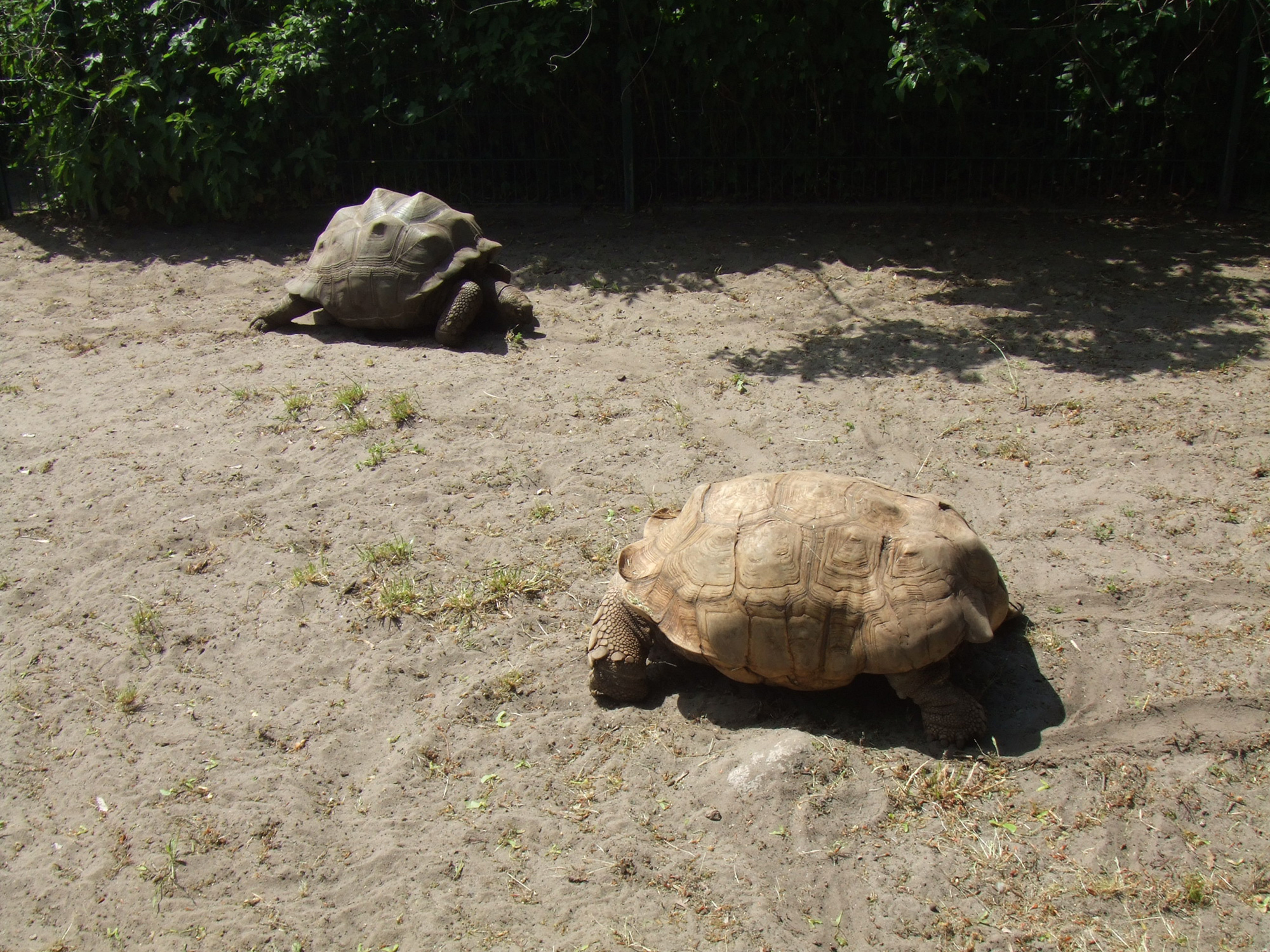
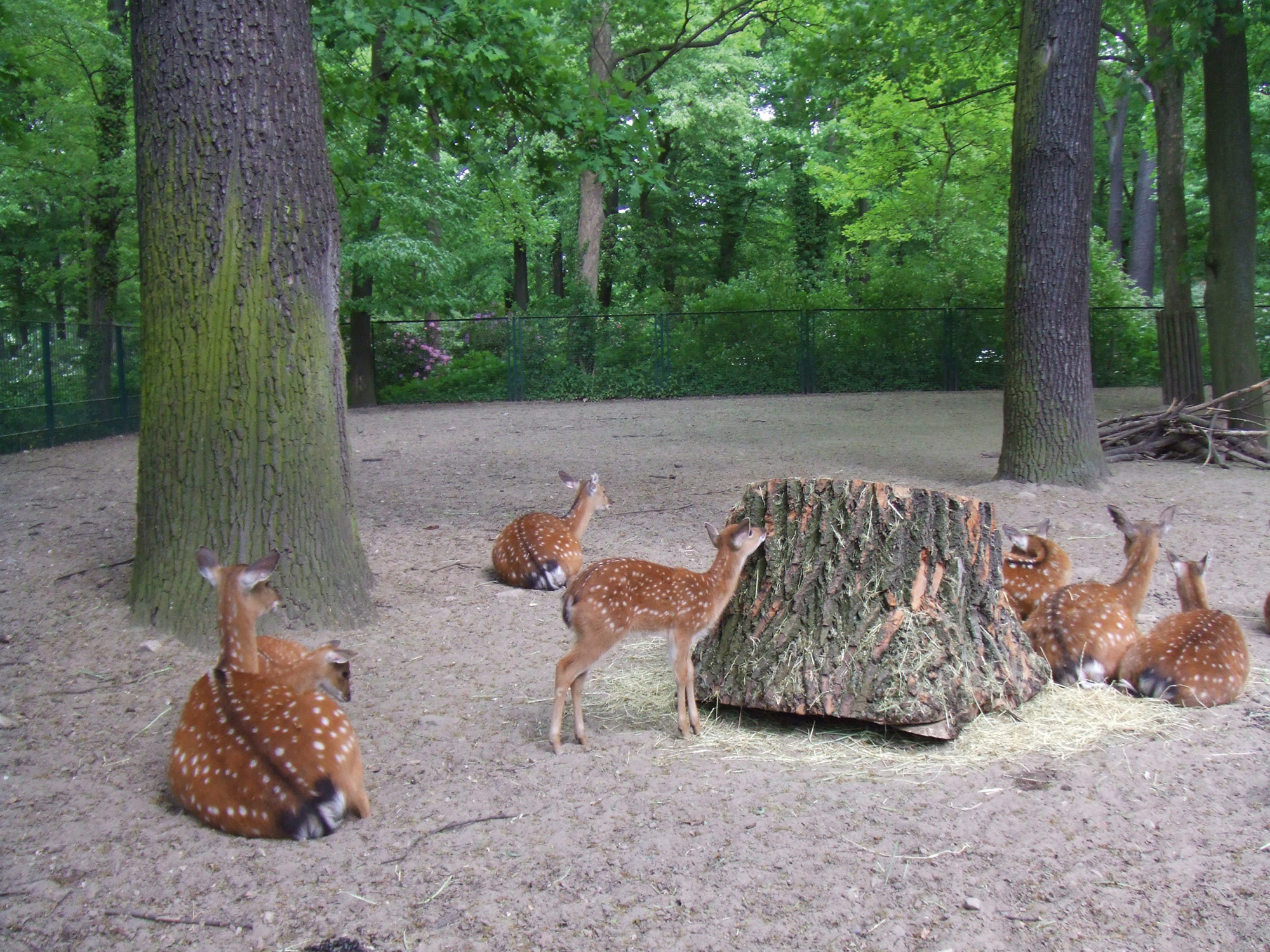
There are two more controversial aspects related to intelligence that I’d like to mention here: we don’t know exactly what it is, nor where it might be located. As a consequence, we can’t absolutely define, visualize or measure it. We have all heard of the intelligence quotient (IQ) and probably tried one or more of the standardized tests that are meant to assess it, but we may also have heard about the limitations of both the concept and the tests – the latter are mostly focused on certain abilities such as deductive logic or verbal skills, fail to be culturally neutral, and so on. In itself, the search for reliable quantitative methods to check mental abilities sounds more reasonable than plain arbitrariness and can help social progress. One of the pioneers in the field, the Frenchman Alfred Binet, focused on the assessment of retardation in school children, establishing the so-called “Binet-Simon Scale” (1905). Binet underlined the limitations of quantitative methods in this context as well as the relativity and flexibility of intelligence and its development, and seemed to support a non-marginalizing approach towards kids with special needs. But things didn’t always look as palatable in the field. The book recommendation here is Stephen Jay Gould’s The Mismeasure of Man. First published in 1981, it is not the newest you can get on the topic and surely needs to be put in perspective and integrated with a look at more recent literature, if only with an overview on the Human Genome Project and its results, but it’s still a rich and impressive historical and technical overview. The “debunking” attitude may sound old-school, but I don’t mind a bit of fervour in a field that caused so much injustice and suffering – the horror of eugenics, absolutely not limited to Nazi Germany, is particularly infamous and sadly known, but the full list is much longer. I’ll let Gould speak here, quoting from the introduction of The Mismeasure of Man:
This book, then, is about the abstraction of intelligence as a single entity, its location within the brain, its quantification as one number for each individual, and the use of these numbers to rank people in a single series of worthiness, invariably to find that oppressed and disadvantaged groups – race, classes, or sexes – are innately inferior and deserve their status.
Of course, scales and tests that assess mental skills are used routinely by researchers, social workers, psychologists, human resources managers and other professionals, as indicative and statistical tools, for useful or at least relatively harmless purposes – the harmlessness of job interviews may be a matter of debate, but people usually get out alive of them.
A deeper look into the research about human and non-human intelligence would broaden its perspective to include non-quantitative methods such as the ones of Freud’s psychoanalysis, as well as the history of the “physical” or “structural” approach that partially converged and developed into contemporary neuroscience – an iconic example from the 20s is the slicing of Lenin’s brain into over 30,000 pieces by prominent physician and neurologist Oskar Vogt.
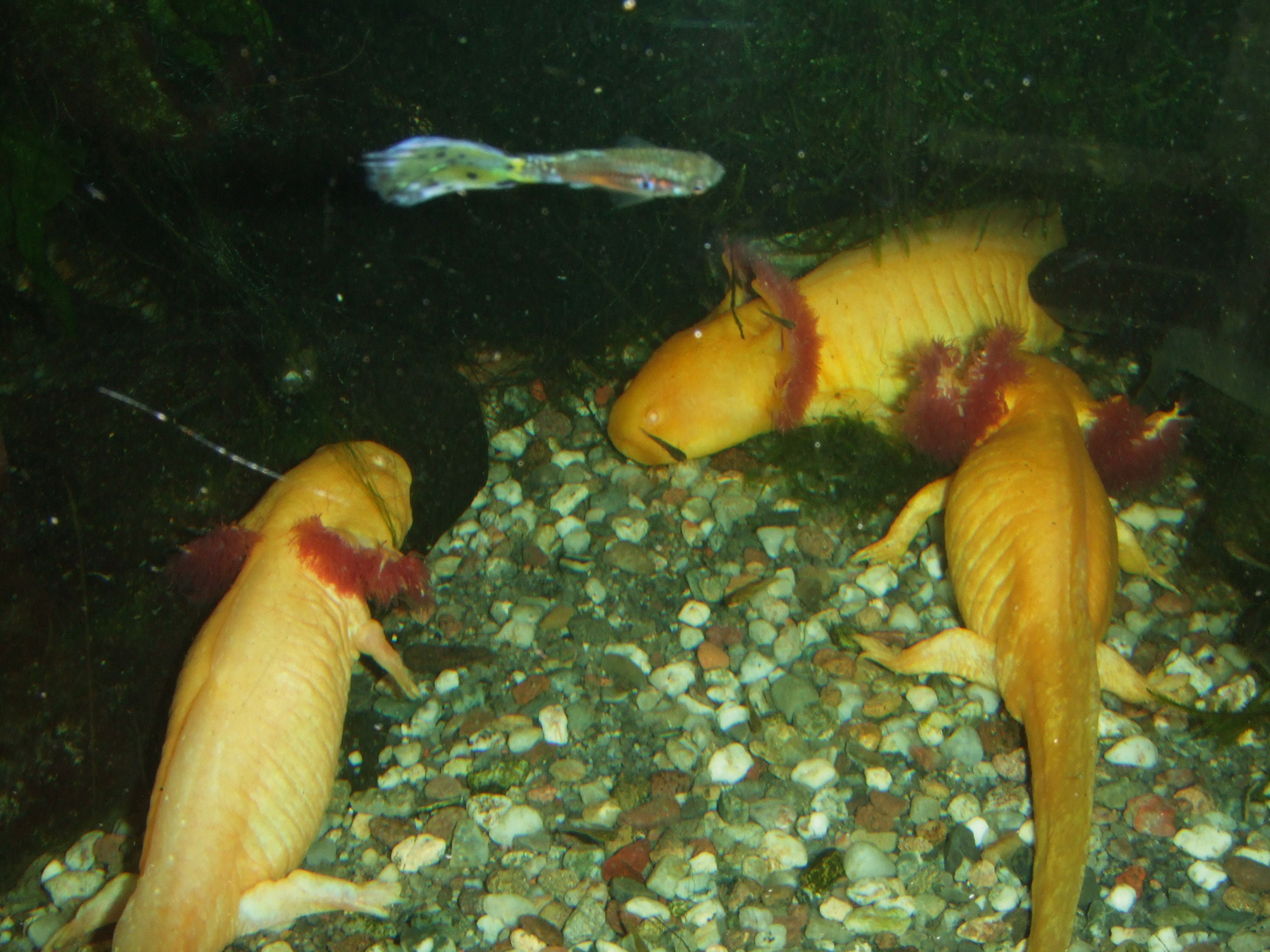
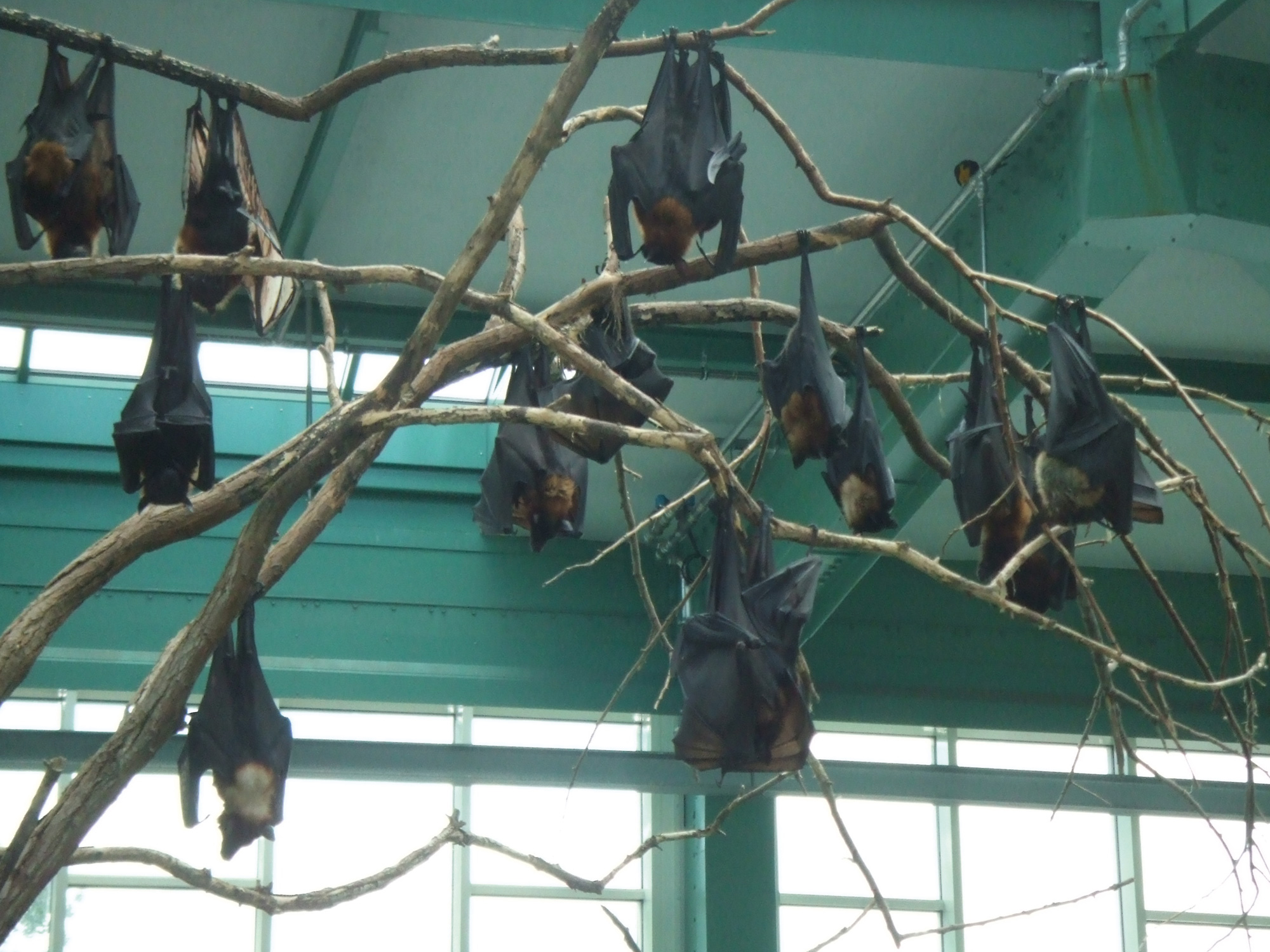
The Life of the Others
Once more: as humans it seems hard, if not impossible, to step outside ourselves and identify with non-human others. If you do want to try, you’ll need a lot of imagination, along with tools and techniques to visualize and describe what you imagine, in short: art! Or possibly a mix of art and science?
A unique figure in this territory is without a doubt Jean Painlevé, the French director known for his animal documentaries mostly focused on water fauna – sea urchins, shrimps, seahorses, crabs, jellyfish, and, of course, octopuses, among others. The 2019 book significantly titled Zoological Surrealism – The Nonhuman Cinema of Jean Painlevé is focused on the first twenty-five years of his career (1924-1949). The author James Leo Cahill talks about a “Copernican potential” of cinema that would find in Painlevé’s work a particularly conspicuous and striking fulfillment, a “shift in attention – from self-regard to nonhuman other”. He adds that
[…] the films of Jean Painlevé developed a mode of looking and a practice of cinematic encounter that, in turning its attention to animal life and nonhuman worlds, also critically altered the conceptions of human life.
Jean Painlevé’s background and fields of action are a transdisciplinary cat’s cradle: the son of a prominent mathematician and politician, he was trained in comparative anatomy and histology, closely connected with and influenced by the French surrealist movement, engaged in far-left political activism (sometimes protesting against his own father), a front-line promoter of alternative cinema networks and an eager experimenter in regards of filming techniques, yet able to reach the general public and big theaters with the most successful films. A well-known quote of his, and title of another book about his work published by MIT Press, reads: “Science is fiction” – it would make a great tagline for Occulto, hadn’t we sticked to slightly modified lyrics from a Throbbing Gristle’s song.
The comparative anatomy discipline, which had a great influence on Painlevé’s vision and work even after he had interrupted his career as a scientist, was founded at the beginning of the 19th century; the French naturalist Georges Cuvier (1769-1832), well remembered for having first demonstrated, by analysing the remains of a mammoth, that species extinction did occur, gave crucial contributions to its establishment, together with other prominent naturalists such as Geoffroy Saint-Hilaire, and Richard Owen, who we all envy for coining the word Dinosauria. Comparative anatomy was therefore not that old at the time of Painlevé’s studies, and yet it was destined to disappear soon, or rather to be (partially) incorporated into new ways of approaching and studying the living. The birth of modern biology saw a lot of tension and oscillations between different places – the natural history museum, the lab, the natural habitat – and different focal points – the species, the individual organism as a whole, its main structures, its ultimate components. According to science historian Evelyn Fox Keller, as expressed in “Physics and the Emergence of Molecular Biology: A History of Cognitive and Political Synergy” (1990), biology tried to “mimic” physics – its agenda, language, attitude and techniques – in an attempt to gain a similar kind of success, authority and resonance; this would have contributed, starting from the 1930s, to the rise and prestige of molecular biology, which appeared more prone to mathematization, more analytical, and “difficult” enough to be compared to physics. Such developments and strategies are not without consequences. Quoting from the above-mentioned Making Modern Science (2005) by Bowler and Morus:
Molecular biology is essentially a reductionist research program – it seeks to explain the phenomena of life (heredity and development) in terms of behavior and chemical molecules. Some of the most successful biologists now argue that the way forward is to reduce everything to the law of physics. Those who seek to understand the way living organisms function in the natural world, including ecologists and evolutionists, are frustrated by the molecular biologists’ tendency to dismiss their work as just old-fashioned natural history. The jury is still out on the extent to which biology will continue to be dominated by the molecular approach in the twenty-first century.
While thinking about these issues, I made up in my mind the phrase “Balkanization of biology”, and then discovered that it had, of course, already been invented and used, for example in the Science article “British Biologists Learn Small is Not Beautiful” by science journalist David Dickson in 1989, or in a short and amusing text by biochemist Gregory A. Petsko, published on Genome Biology in 2000 and titled “The Dark Side”.
Moving forward, or rather backward, to the 17th century: we can’t discuss the “art and science of observing and identifying with the non-human other” without mentioning the painter/illustrator and (officially amateur, but ground-breaking) naturalist Maria Sibylla Merian. Born in what is today Germany and later based in Holland, her work focused on insects and plants. I recommend here my own favourite, Metamorphosis insectorum Surinamensium, first published in 1705. It consists of a series of sixty incredibly beautiful coloured etchings depicting insects in the various phases of their lives, together with the plants, flowers and fruits they like to eat and stay around. Each figure is accompanied by a short, simple but brilliant description. Almost all the subjects were observed by the artist in their natural habitat in Suriname, at the time still a Dutch colony. Merian had travelled there for research purposes at the age of 52 and stayed for two years – actually shorter than planned, for health reasons – bringing her daughter with her and no male companion, which was not such a common thing to do in 1699.
Insects are animals we’re not likely to feel for, let alone identify with, and many of us find them repulsive – although, if you don’t want to turn vegan, you may soon need to get used to eating them. Their high factor of “otherness” renders Merian’s dedication and her ability to depict them even more bewildering. She gave crucial contributions to the understanding of their life cycle with its process of metamorphosis – in her time, it was still largely believed, with Aristotle, that many insects generated spontaneously “from dirt”.
In the middle of all the beauty, the caterpillars, the butterflies, the pineapples and the lemons, a comment on Plate XLV, which depicts an exemplar of the plant Flos pavonis, caught the attention of science historian Londa Schiebinger, who quoted its English translation in her 2005 paper “Agnotology and Exotic Abortifacients: The Cultural Production of Ignorance in the Eighteenth-Century Atlantic World”:
The Indians and Africans, who are not treated well by their Dutch masters, use the seeds [of this plant] to abort their children, so that their children will not become slaves like they are. […] they told me this themselves.
And with this very human passage, written some three hundred years ago by a champion of non-anthropocentrism, the first session of our book club comes to an end.
All photos were taken by the author in Tierpark, Berlin, in 2005
[This text was first published in Occulto 6: Life, released in November 2019]
Book Club Session List (in order of appearance)
Dougal Dixon ([1981] 2018), After Man: A Zoology of the Future , London: Breakdown Press.
Clifford D. Simak (1952), City, New York: Gnome Press
Peter Godfrey-Smith ([2016] 2017), Other Minds – The Octopus and the Evolution of Intelligent Life. London: HarperCollins Publishers Limited.
Charles Darwin ([1895] 2009), On the Origin of Species, Penguin Classics.
Peter J. Bowler and Iwan Rhys Morus (2005), Making Modern Science – A Historical Survey, Chicago, London: University of Chicago Press.
Peter J. Bowler ([1983] 2003), Evolution: The History of an Idea. 3rd ed. Berkley: University of California Press.
Stephen J. Gould ([1981] 1997), The Mismeasure of Man, revised and expanded ed., Penguin Books .
James Leo Cahill (2019), Zoological Surrealism – The Nonhuman Cinema of Jean Painlevé, Minneapolis: University of Minnesota Press.
Maria Sibylla Merian ([1705] 1991), Das Insektenbuch. Metamorphosis Insectorum Surinamensium, Frankfurt am Main and Leipzig: Insel Verlag. N.B.: this is a German edition. There’s a quite expensive English edition on the market (Lannoo Publishers, 2016), and a digitised version of the original Dutch edition is available at archive.org.
Other mentioned publications (in order of appearance)
Giulia Liberti (2019), “Keepin’ Up with Ediacarans – Or, My Precambrian Vacation”, Occulto, Issue 6, pp. 32-41.
Massimo Sandal (2013), “Ediacara – The Life That Was Not”, in Occulto, issue e, pp. 36-45.
Massimo Sandal (2019), La malinconia del mammut – Specie estinte e come riportarle in vita, Il Saggiatore.
Massimo Sandal (2015), “All Tomorrows – The Lonely Dreams of Speculative Evolution”, Occulto, Issue δ, pp. 6-25.
Charles Darwin ([1871] 2004), The Descent of Man, Penguin Classics.
Andy Masaki Bellows, Marina McDougall and Brigitte Berg, eds. (2001), Science is Fiction, MIT Press and Brico Press.
Evelyn Fox Keller (1990), “Physics and the Emergence of Molecular Biology: A History of Cognitive and Political Synergy”, Journal of the History of Biology, vol. 23, no. 3, pp. 389-409.
David Dickson (1989), “British Biologists Learn Small is Not Beautiful”, Science, 244(4906), pp. 766-7.
Gregory A. Petsko (2000), “The Dark Side”, Genome Biology, 1, comment1003.1, direct link https://rdcu.be/bW0Rw
Londa Schiebinger (2005), “Agnotology and Exotic Abortifacients: The Cultural Production of Ignorance in the Eighteenth-Century Atlantic World”, Proceedings of the American Philosophical Society, Vol. 149, no. 3, pp.316-343.
Alice Cannava edits and publishes Occulto, curates cultural events in several “Freie Szene” Berlin venues, works as a designer/coder and studies history of science and technology at the TU Berlin. This text expands her introduction to the panel discussion she organized during the third edition of Fracto at Acud, Berlin, in May 2019, and found further inspiration in the lecture Von der disziplinierten Wissenschaft zur interdisziplinären Forschung, ca. 1850-2020, held by PD Dr. Arne Schirrmacher at the TU Berlin in the summer semester of 2019.